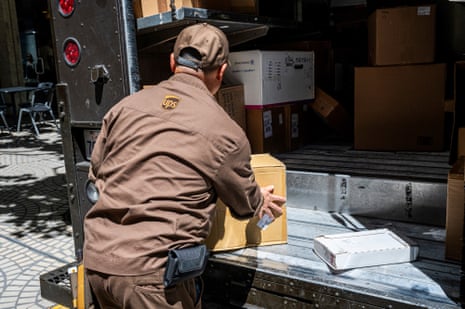Recent Changes and Challenges at the Mexico Border: What You Need to Know
The Mexico border continues to play a central role in U.S. immigration policy and security. In recent months, significant changes have transformed how the border is managed. This article explores new measures being implemented, focusing on the creation of military buffer zones and their legal implications for migrants and border communities.

Enhanced Military Presence and the Buffer Zone
A notable recent change at the Mexico border is the establishment of a 170-mile military buffer zone in New Mexico. The zone is now managed under U.S. Army oversight, marking a significant shift in border security operations. Migrants detained in this area are now facing criminal charges not just for unauthorized entry, but also for breaching what is considered a national defense area. According to a recent AP News report, federal prosecutors have started applying these charges to individuals apprehended by Customs and Border Protection, with military troop deployments on the rise.
This military buffer, also known as the Roosevelt Reservation, consists of a 60-foot-wide strip running parallel to the U.S.-Mexico border. Once under the jurisdiction of the Department of the Interior, it has now been transferred to the Department of Defense, resulting in additional military supervision and infrastructure upgrades.
Legal and Human Rights Implications
The designation of the buffer zone has sparked serious legal and civil liberties concerns. Civil liberties groups, including the ACLU, warn that such militarization sets a worrying precedent. As reported by The Guardian, at least 28 people were recently charged in New Mexico’s federal court for entering the militarized zone. Organizations argue this shift may erode constitutional principles that separate military and civilian responsibilities, with particular unease about the military’s role in law enforcement near the border.
Customs and Border Protection still maintains jurisdiction over illegal border crossings. However, active-duty troops have been empowered to detain migrants and transfer them to civilian authorities. The expansion of military authority is seen by some as a way to enhance enforcement without invoking martial law.
Broader Impact on Border Communities
The new policies along the Mexico border have a direct impact on migrants and local residents. Recent enforcement activity means migrants are not only at risk of deportation but also face enhanced criminal prosecution for entering these restricted areas. Local communities express concerns over the increased military presence, fearing strained relations and heightened tension.
In a detailed report by Al Jazeera, the court filings and decisions are covered extensively, highlighting how life along the border is quickly changing.
Conclusion: Understanding the Shifting Landscape
Developments at the Mexico border illustrate dynamic and sometimes controversial changes in U.S. border security and immigration enforcement. The creation of military buffer zones, increased prosecutions, and the ongoing debate over civil liberties underscore the complexity of the challenges faced. For those following U.S.-Mexico border affairs, staying informed through reliable news sources is more important than ever.
To learn more about unfolding events and their implications, consider reading the original reports from AP News, The Guardian, and Al Jazeera.